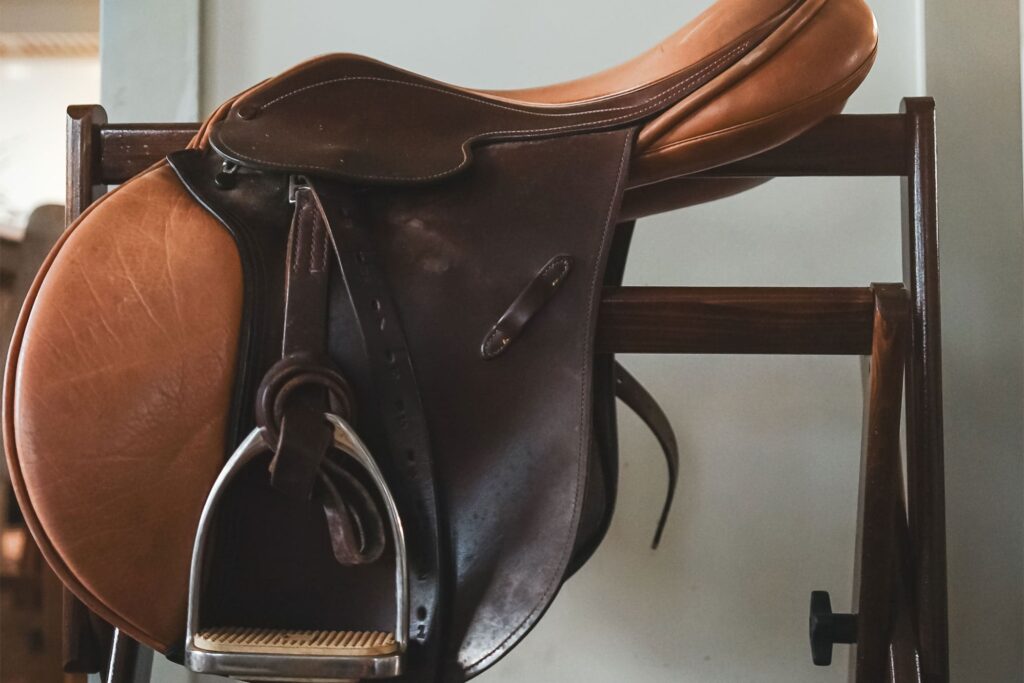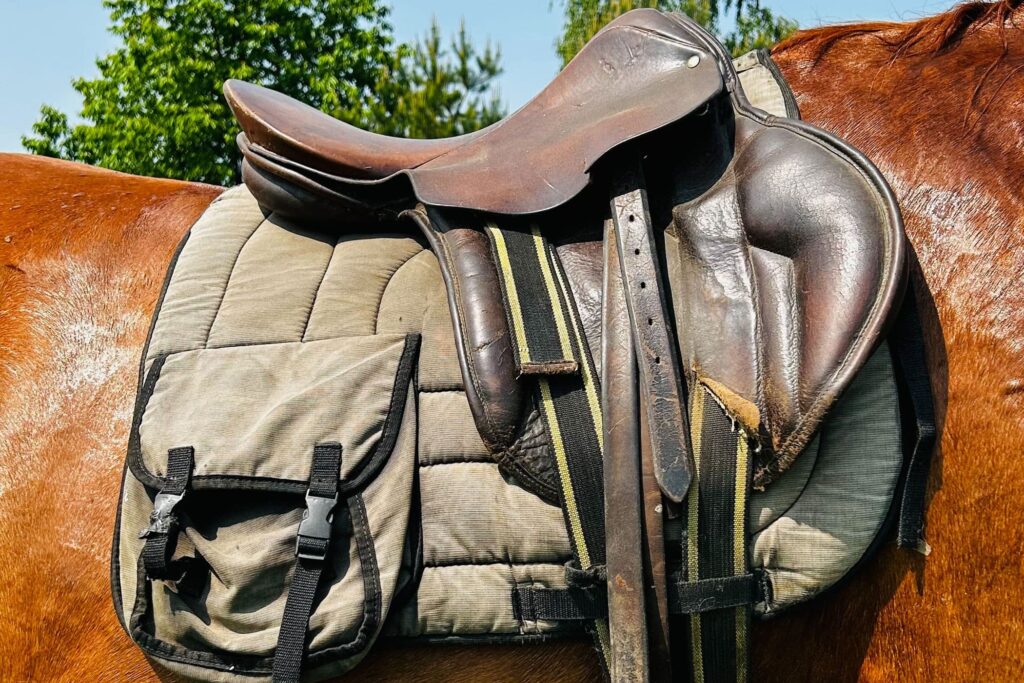
Saddle fitting is an essential aspect of horsemanship that directly impacts the comfort and performance of both horse and rider. A well-fitted saddle allows the horse to move freely, preventing discomfort, pain, and potential long-term damage. In this comprehensive guide, we will delve into the intricacies of saddle fitting, providing you with valuable insights and practical tips to help you achieve the perfect fit for your horse.
Understanding the Importance of Saddle Fit:
Proper saddle fit is vital for the well-being of your horse and your own safety as a rider. A poorly fitted saddle can lead to a range of problems, including soreness, muscle tension, and restricted movement. It can also cause discomfort and pain for the rider, compromising balance and control. Recognizing the significance of saddle fit enables you to take proactive measures to ensure the optimal well-being of both you and your equine companion.

Evaluating Saddle Fit
To assess the fit of your horse’s saddle, several key factors need to be considered. These factors include wither clearance, panel contact, gullet width, and overall balance. Each element plays a crucial role in determining whether the saddle adequately distributes the rider’s weight and allows the horse to move freely without restriction or discomfort.
a) Wither Clearance: Wither clearance refers to the space between the horse’s withers and the underside of the saddle’s pommel. Insufficient clearance can cause pressure points and soreness, while excessive clearance can lead to instability. Finding the right balance ensures that the saddle sits comfortably and securely on your horse’s back.
b) Panel Contact: The panels of the saddle should make even contact with the horse’s back along its length. Uneven pressure distribution can result in discomfort and potential long-term damage. Regularly checking the saddle’s panel contact and adjusting it if necessary will help maintain optimal fit and comfort.
c) Gullet Width: The gullet width refers to the space between the saddle’s panels and the horse’s spine. It should provide sufficient clearance to avoid direct pressure on the spine, preventing discomfort and potential injury. Ensuring that the saddle’s gullet width matches your horse’s anatomy promotes a healthy and comfortable riding experience.
d) Balance: A well-balanced saddle ensures that the rider’s weight is evenly distributed across the horse’s back. An imbalanced saddle can cause the horse to shift its weight and result in uneven pressure distribution. Proper balance enhances the horse’s freedom of movement and enables the rider to maintain a secure and centered position.

Professional Saddle Fitting:
While understanding the key aspects of saddle fitting is crucial, seeking professional assistance from a qualified saddle fitter is highly recommended. These experts possess the knowledge and expertise to evaluate your horse’s conformation, measure the saddle’s fit, and make necessary adjustments or recommend a suitable saddle if needed. Investing in professional saddle fitting services can significantly enhance your horse’s well-being and your overall riding experience.

DIY Saddle Fitting Tips:
Although professional assistance is ideal, there are some DIY saddle fitting tips you can follow to ensure a better fit for your horse.
a) Regular Assessments: Regularly evaluate the fit of your horse’s saddle, paying attention to any changes in your horse’s conformation or behavior that may indicate an ill-fitting saddle.
b) Use Saddle Pads: Choosing the right saddle pad can help improve the fit and comfort of the saddle. Pads with appropriate thickness and material can provide additional cushioning and enhance weight distribution.
c) Trial and Error: Experiment with different saddle designs and brands to find the best fit for your horse. Keep in mind that what works for one horse may not work for another, so be open to trying various options.
Conclusion: Achieving the perfect saddle fit is crucial for the comfort and welfare of your horse, as well as your own safety and enjoyment while riding. By considering factors such as wither clearance, panel contact, gullet width, and overall balance, you can ensure that your horse’s saddle fits correctly. Additionally, consulting a professional saddle fitter can provide invaluable guidance and expertise to optimize the fit and promote a harmonious partnership between you and your equine companion. Remember, a well-fitted saddle is a key component of successful and enjoyable horseback riding.






